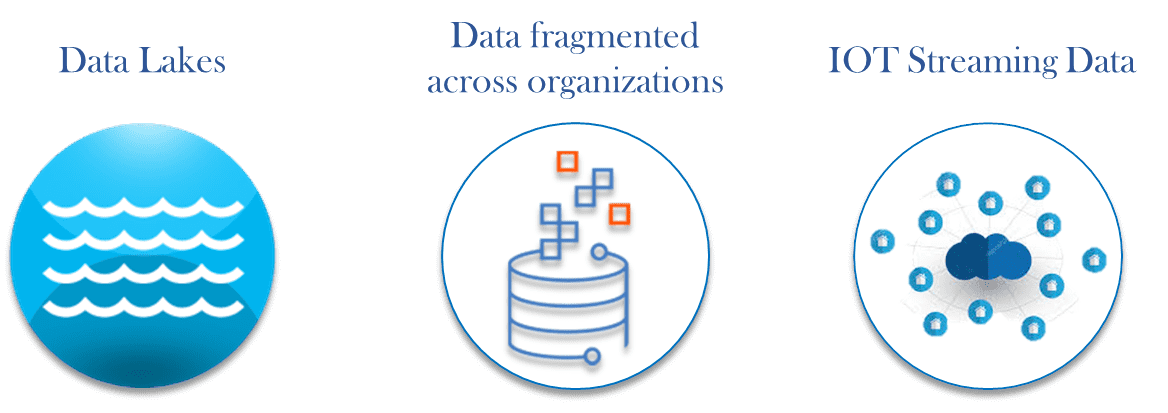The Drive for a Modern Data Warehousing
Updated On : March 2018
What Organizations Must Have Today and What They Will Need in the Future.
We live in The ERA of the Customers and there is no denying in it. Consumers globally are now empowered digitally, and have all means by which they are capable enough to decide which business will succeed and propagate and which will be unsuccessful. As a result, most companies now recognize that they must be customer-centric & obsessed to succeed.
They realize now that they should have all up to the date data and deep analytical information so as to provide customers what they are looking for and provide the best customer satisfaction possible.
What is a Data Ware House?
A data warehouse is constructed by assimilating information from diverse sources that support analytical reporting, structured and ad hoc queries, and decision making.
The term data warehouse was coined by William H. Inmon, who is known as the Father of Data Warehousing. Inmon described a data warehouse as being a subject-oriented, integrated, time-variant and non-volatile collection of information that ropes management's decision-making process. Data warehousing is the process of constructing and using a data warehouse.
The traditional data warehouse has served us well for many years, but new trends are causing it to break in four different ways: data growth, fast query expectations from users, non-relational/unstructured data, and cloud-born data.
Will your current solution handle future needs? If NO, then read;
How Modern Data Warehousing Solves Problems for Businesses
Today, if companies only look at historical statistics, they will be behind the curve before they even begin. Some of the solutions to this, which new data warehousing techniques and software provide, include:

- Data lakes – Instead of storing data in hierarchical files and folders, as traditional data warehouses do, a data lake is a storage repository that holds a vast amount of raw data in its native format until it is needed.
- Data divided across organizations – Modern data warehousing allows for quicker information assortment and analysis across organizations and divisions. This is in keeping with the agility model and promotes more alliance and sooner results.
- IOT streaming data – The Internet of Things has completely transformed the scenario, as customers, companies, units, etc. share and stock data across multiple devices.
-
- Enhanced Business Intelligence
- Increased Query and System Performance
- Business Intelligence from Multiple Sources
- Timely Access to Data
- Improved Data Quality and Consistency
- Historical Intelligence
- Competitive Advantage
- High Return on Investment
- More Cost-effective Decision-Making
Most of the new necessities relate to big data and advanced analytics, so the data warehouse of the future must support these in multiple ways.
Many establishments need a more modern DW platform to address a number of new and future trade and technology requirements. Modern data warehousing solutions helps diminish the inefficiencies caused by gaps in communication. Up-to-the-minute configurations can integrate the data from many channels and pile it on one platform, streamlining the communication process.
Globally the data is developing more and more rapidly, and, the data types and sources continue to diversify. Data warehousing architectures are becoming accustomed to keep up with these continuous changes, and monitoring the trends closely, hence there is a need to transform from the traditional data ware housing solution into the Modern Data ware housing platform.


Comments :